Sarai Kharbooz; a centuries old historical caravan inn is one of those heritage structures that are on the verge of collapse and destruction. It is located about 10 kilometers southwest of the federal capital territory and was built during the reign of the powerful Delhi Sultanate. The name 'Kharbuza' comes from the historic inn's domes, which are shaped like melons. Three of these domes, however, have been demolished, while one remains intact.
Sarai had two tall gates for heavy-laden camels and other animals to enter and exit. Towers in the corners and at regular intervals along the curtain walls created a strong and intimidating atmosphere. The sarai is square, with 400-foot sides. Sarai Kharbuza, like most caravan sarais, is made of bricks and sandstone. To accommodate travellers, there is a continuous row of cells; living quarters, stalls, and storage bays.


During the period of the Mughal Empire, caravans used to stay overnight in Sarai Kharbooza, served as an inn for official and commercial travelers, pilgrims until the 17th century. The inn also had a stepwell, food and lodging, were provided for free because it was managed by the government.
Its historical significance may be gauged by the fact that it was referenced in Mughal Emperor Jahangir's memoirs, Tuzuk-i-Jahangiri, when chronicling his stay at the inn in 1605. Jahangir wrote “On Monday, Muharram 10, 1605, the village of Kharbuza was our stage. The Ghakkars in earlier times had built a dome here and taken tolls from travellers. As the dome was shaped like a melon it became known by that name”.


The historic structure, which was erected over 900 years ago, is now unlawfully occupied by local residents. The inn's rooms and walls were removed to make way for homes. Sarai Kharbooza is one of many historical sites that have fallen prey to deterioration and neglect.
The architecture of caravan sarai was a mix of Persian and Central Asian style. The sarai complex had separateliving rooms and courtyards for men and women, as well as a spring well in the main courtyard for animals and guests. There was also a mosque, a market, and a hamam. The proof of remains of hamam left is an antique water heater with a spherical water tank made of tiny bricks and space for a fire to warm the water. A copper plate was fixed inside the tank.
Despite of multiple attempts to bring the department's attention to the historical structure's terrible condition nothing has been done. Authorities have neither taken any practical step to restore and preserve the site, nor have they put any signage indicating their adoption of the property. Squatters' steady degradation of the structure appears to have gone unreported as well.


During British Period the building of Sarai was actively used but it was abandoned after the partition of the subcontinent. The encroachment around the structure was assigned to Kashmiri refugees following the 1947 partition. The archaeological department owns a piece of the structure but an influential family also lay claims on land and inn. Archaeological department has tried to convince Capital Development Authority (CDA) about renovating it and giving it back to the archaeological department after eliminating encroachments but yet no progress has been made in this regard resulting in destruction of a rich heritage.



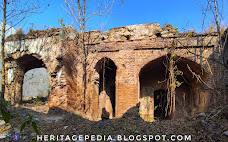
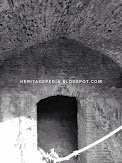










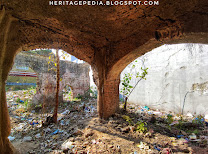
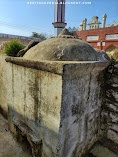
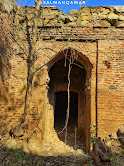












1 Comments
such rich heritage sites must be preserved by the concerned departments
ReplyDeleteThanks you so much for your comment. We will reply to this shortly.